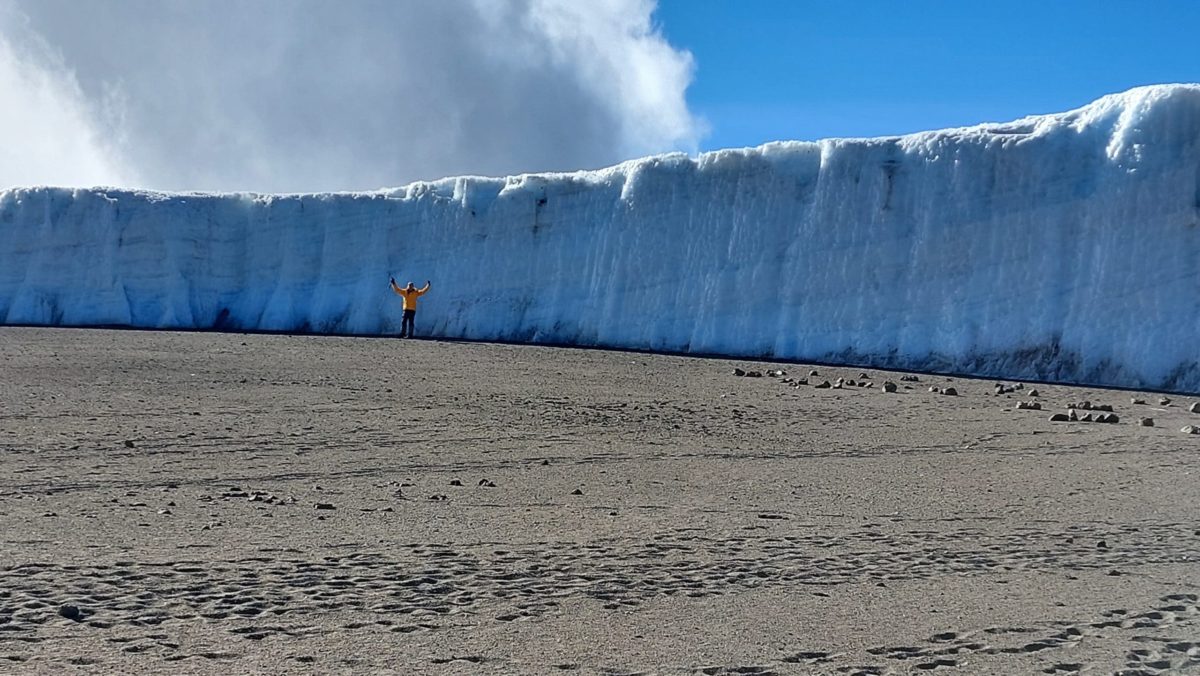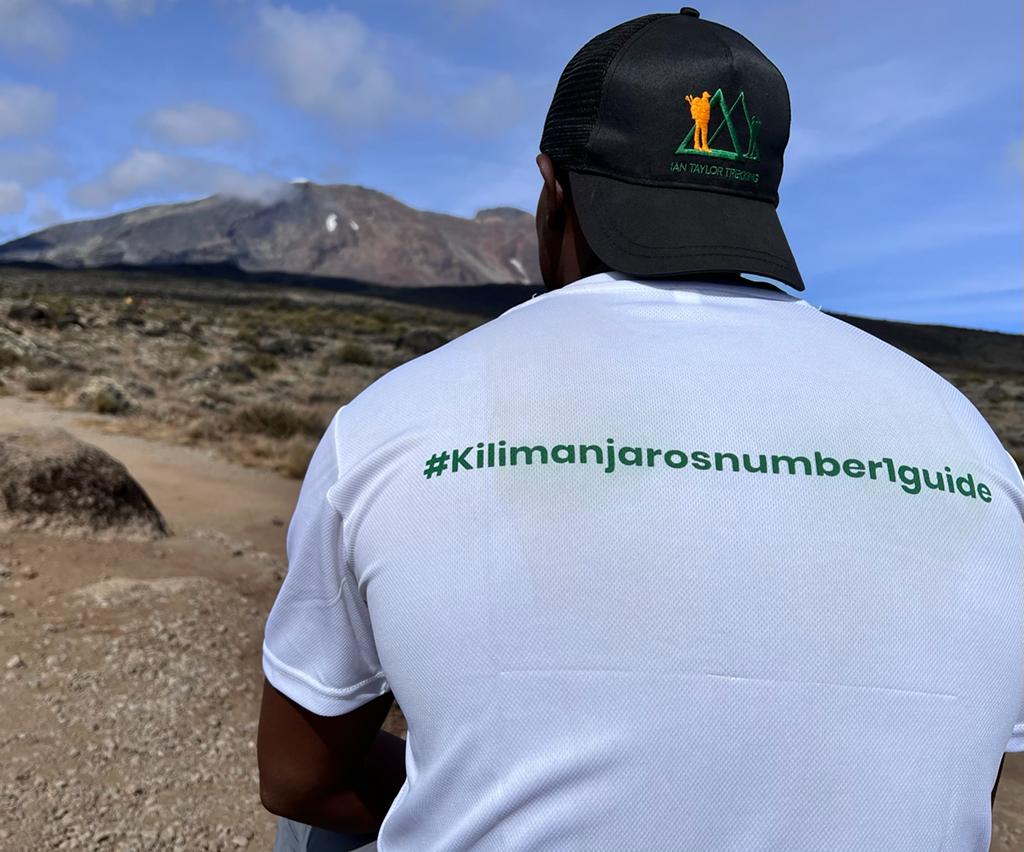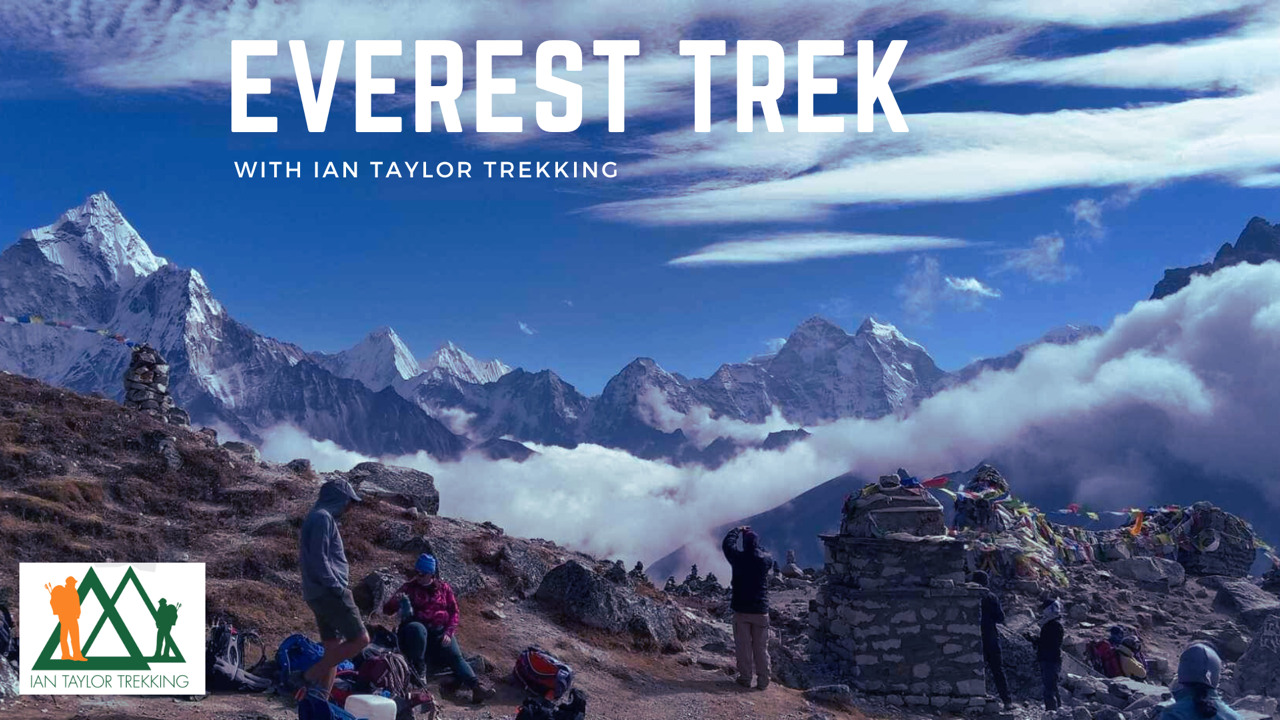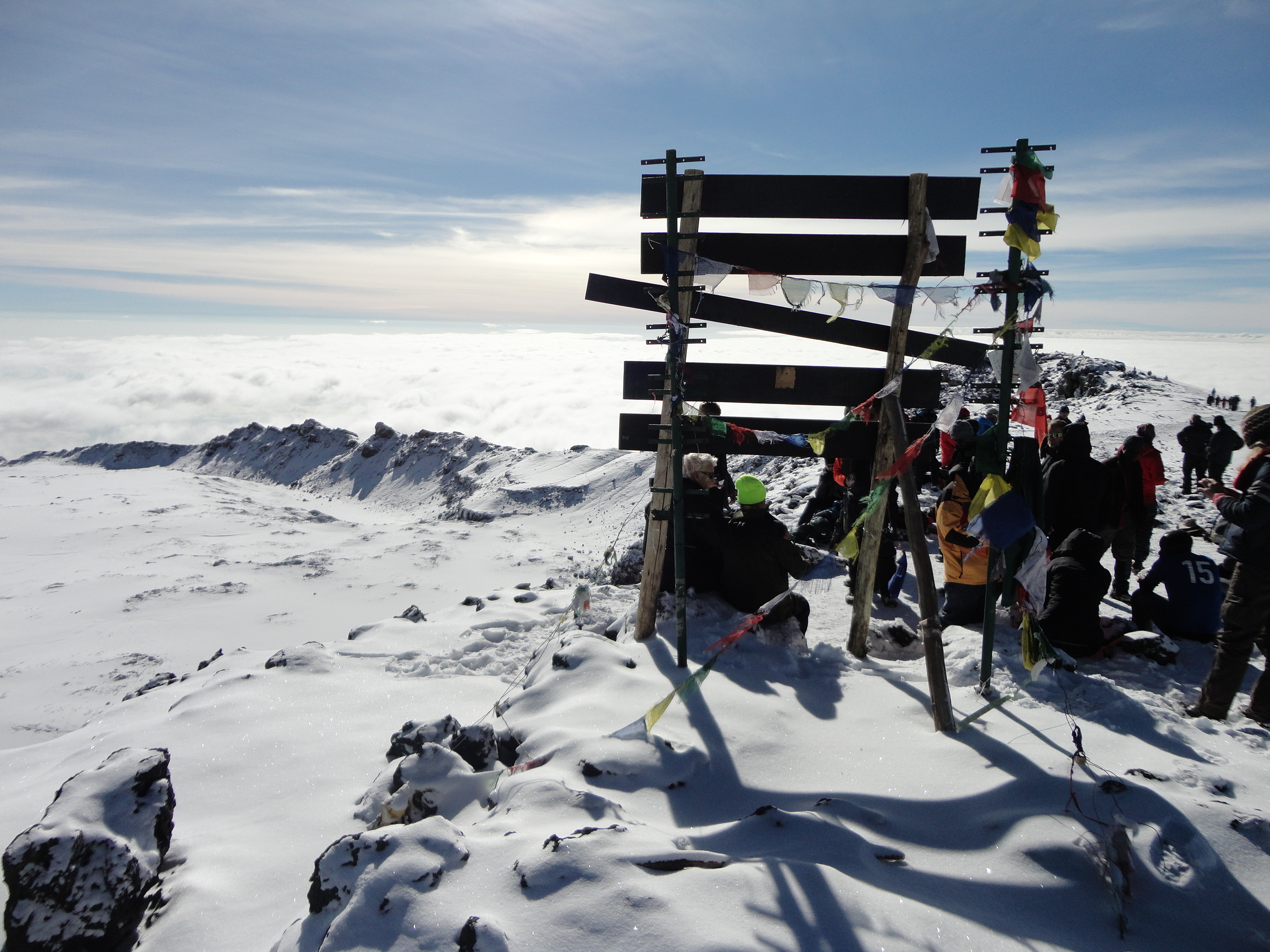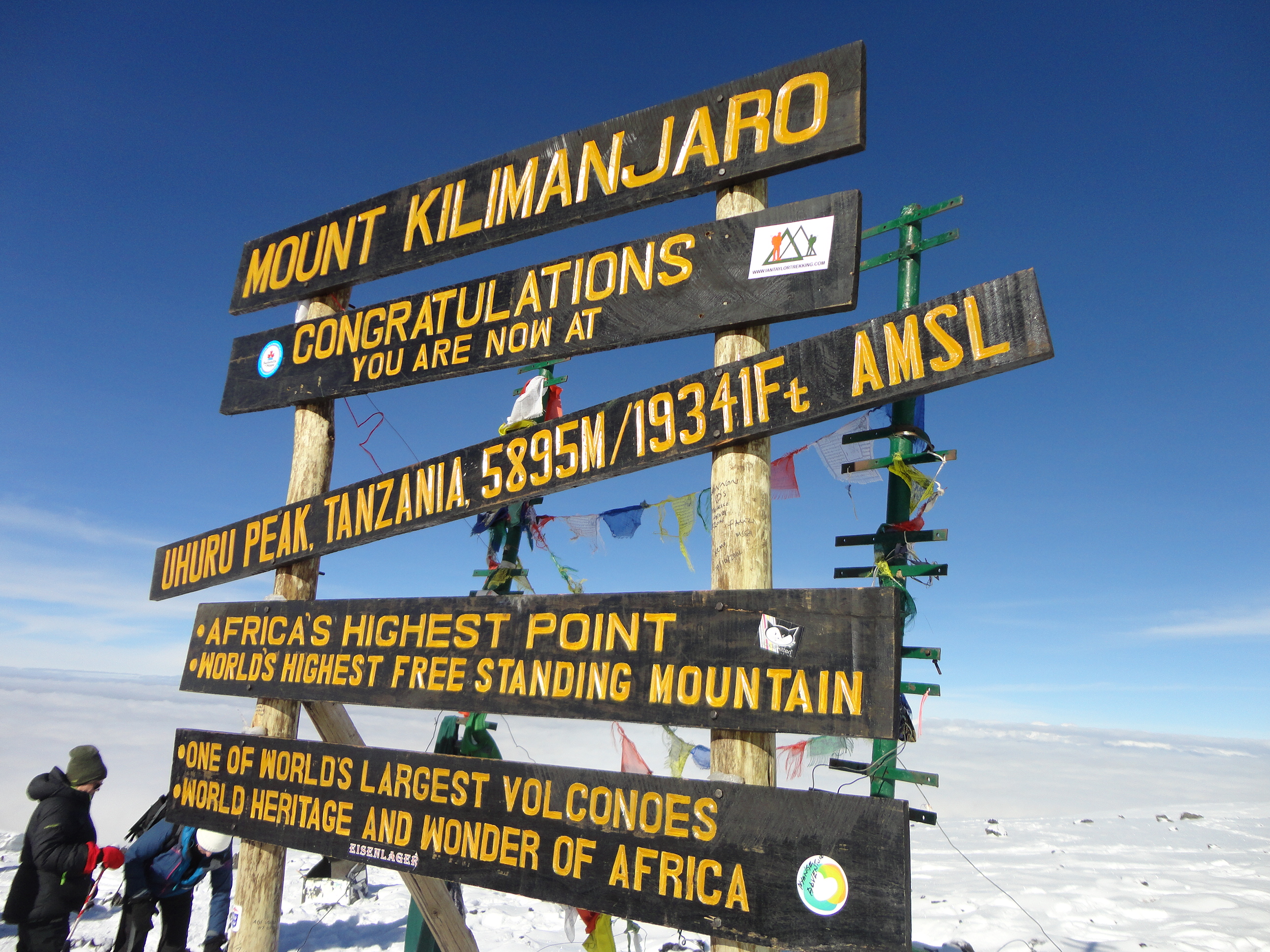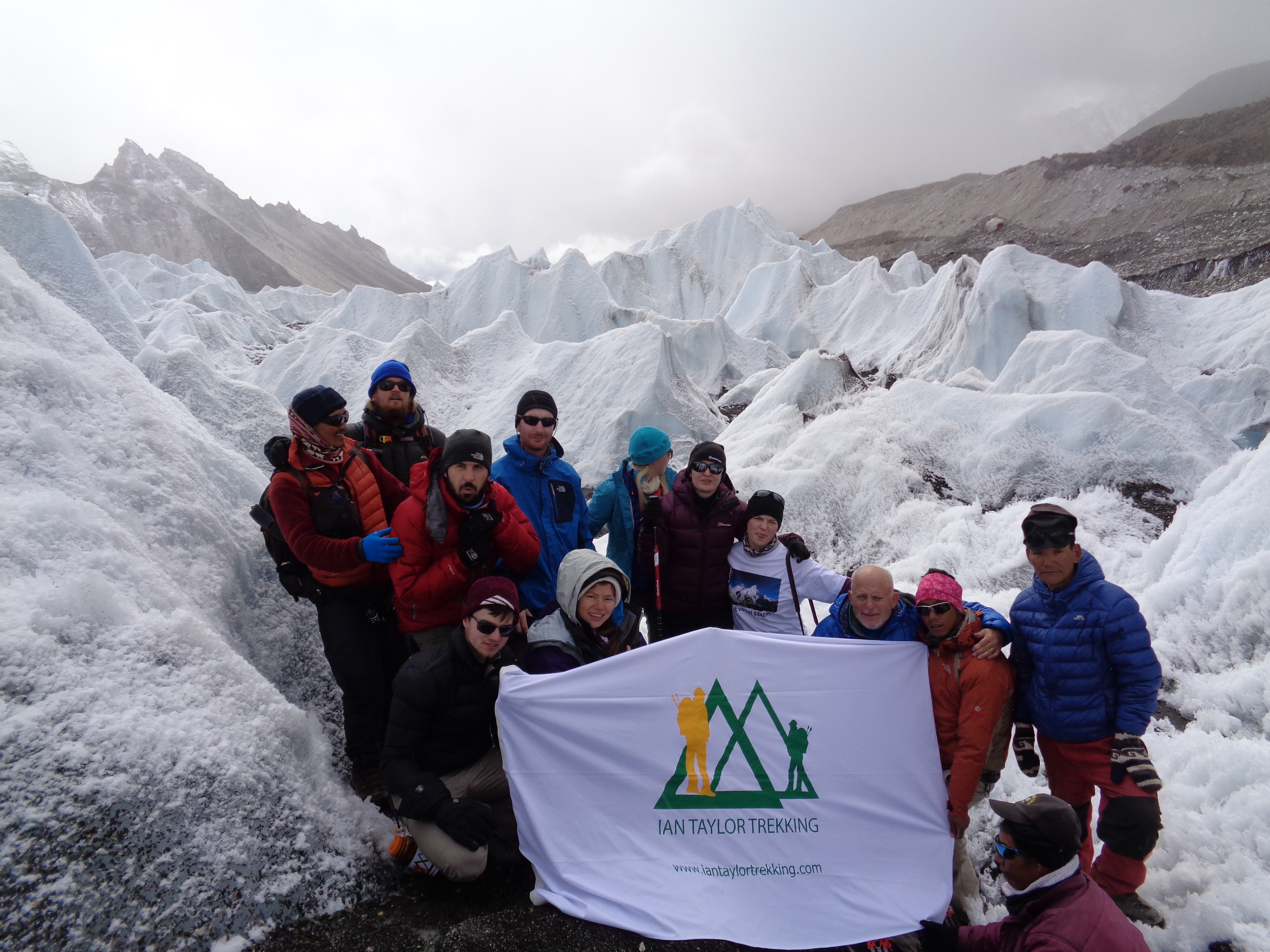After Climbing Everest to the top, leading over 40+ Kilimanjaro climbs and almost 50 treks to Everest Base Camp Ian has learned quite a lot. The main difference is that Kilimanjaro is in Tanzania and Everest Base Camp is in Nepal… All joking aside, there are three main differences between Kilimanjaro and the Everest Base Camp Trek.
Who is This Information for?
Remember if you are a weekly hiker and used to stairs, carrying weight and covering 1,000m/ 3,300 feet on back to back days you should be fine in terms of training and preparation for both trips. If you are not a hiker and used to mountain walking you need to take the training extremely serious.
What are the Real Differences?
Firstly, in our opinion, the summit day on Kilimanjaro is harder than anything you will encounter on the Everest Base Camp Trek. However, the days on the Everest Base Camp treks are longer and tougher with harder terrain. I personally think the trek to Everest, Lukla to Lukla is a little tougher. The important note here is you need to training differently for both these trips.
Secondly, The Everest trek has lot of stairs and the terrain is generally tougher than Kilimanjaro. Also, the day to day trekking is a bit tougher on the Everest trek than on Kilimanjaro. The training for Kilimanjaro is similar but should be different than the Everest Base Camp Trek. Understanding the terrain and gradients you will be trekking on will help you train accordingly. If you are signed up for one of our trips we can help.
Thirdly, The Everest trek is longer with more days on the trail covering more ascents and descents throughout the trip. Kilimanjaro does have a massive descent from the summit at 19,341 feet down to Mweka Camp at 10,170 feet after going from Kosovo Camp 16,000 feet to the summit. The following day you descent down to Mweka gate at 5,500 feet. Kilimanjaro has a serious downhill hike and here is our training advice for the downhill.
Finally, The Everest trek spends more time at higher altitude which will take more out of you. You wont sleep as well at higher altitude on the Everest Base Camp Trek. We have added 3 nights in Namche 11,500 feet to offer additional acclimatization for this reason. You also go to high altitude a lot quicker on a Kilimanjaro trek than you do on Everest Base Camp. What is important to remember here is, you spend more time at 13,000 feet, which is lower than on the Everest trek. While there are a few other factors that differentiate the two trips, lets look deeper into what we find to be the main differences.
1). Longer Daily Distances on the Everest Base Camp Trek
The Everest Base Camp trek is a longer trip than Kilimanjaro. While our normal Everest Base Camp treks are 12 or 13 days walking, our preferred Kilimanjaro climb is 8 days. The trails on Kilimanjaro all the way up to high camp are much easier than the Everest Base Camp trails under foot.
The Everest trails have more up and down throughout the trek. Also, they are more challenging on the way down as there is more distance to cover. CLICK HERE for the distances up Kilimanjaro on our 8 day Lemosho Route climbs. CLICK HERE for a day by day break down on the trek to Mount Everest Base Camp. READ MORE about trekking to Everest Base Camp.
On the Everest Base Camp trek, you will be walking for longer distances, with more elevation gained and lost each day, on more challenging terrain than on Kilimanjaro. You will be spending more nights at high altitude as well on the EBC trek, which can present its own challenges for some people. Read some REVIEWS from our Ian Taylor Trekking trips. Why not give us a call and chat further.
2). You go to Higher Altitude Quicker on Kilimanjaro
The ‘unknown’ of going to high altitude is one of the biggest fears many people have when going on either a Kilimanjaro climb or a trek to Everest Base Camp. In my opinion, high altitude on the Everest Base Camp trek is more demanding for most people.
Trust me, living at high altitude is much harder than going to high altitude. Because you will be living at higher altitude on the Everest Base Camp for more consecutive days, it can be a greater challenge for the body than the shorter time you spend on Kilimanjaro going to even higher altitude.
This will make the Everest Base Camp trek more challenging than the overall Kilimanjaro experience in terms of your experience at high altitude. READ MORE about climbing Kilimanjaro. Most of your time on Kilimanjaro is spent between 3,500m/ 11,483 feet and 4,000m/ 13,123 feet, and you spend minimal time above these elevations.
On the Everest Base Camp trek you spend 4 or 5 nights above 4,400m/ 14,435 feet, which can take its toll on your body. In order for you to be successful, you must have excellent acclimatization built into your itinerary for the Everest Trek. All our itineraries have three nights spent in Namche Bazaar at 3,500m/ 11,500 feet.
3). Summit Night on Kilimanjaro is Harder Than Anything on the Everest Base Camp Trek
Some guides will argue that Kilimanjaro is harder on the body than the Everest Base Camp Trek. On Kilimanjaro, there are some big descents in a shorter period of time. This can make the trek more physically challenging. The summit night is extremely challenging, no matter how experienced of a trekker you are.
Weather permitting, we use the higher, Kosovo camp at 4,900m/ 16,076 feet, for our starting point on the summit night. This gives our teams a far greater chance of reaching the summit as it cuts out some of the more challenging terrain on the summit night.
Using this higher camp gives you a shorter ascent to the summit. Also, it gives you more time to rest and a safer and more enjoyable experience going to the summit. This is not always possible however. If the winds are too high, then staying at Barafu camp 4,650m/ 15,256 feet may be your only option.
From Kosovo Camp it is approximately 5 hours 30 minutes to the summit. Then about 2 and a half hours to get back down to camp for a few hours rest. This summit night is far more difficult than anything you will experience on the Everest Base Camp trek.
Other Factors to Consider
In saying all the above, there is no one size fits all and not everyone feels the same way. There are many other factors to consider when you are deciding between the two trips.
Firstly, your age, physical conditioning and fitness will decide between the two. Also, your ability to deal with camping, ability to adapt to the lack of oxygen, discomfort, food and toilets.
Not to mention adjustment in your body to altitude, body weight, strength, sunburn, hydration, pacing, service and knowledge all will play a factor in your ability to achieve and enjoy both exciting adventures. Read more about the Everest Base Camp Trek here.
Learn From the Experts
CALL ME and let’s talk. I have climbed Mount Everest to the top and Ian Taylor Trekking have helped thousands of people to the summit of Kilimanjaro and into Everest Base Camp and Kala Patthar. Whatever you do, make sure you have 8 days for your Kilimanjaro climb.
Likewise, have 3 days acclimatizing in Namche Bazaar on the way up the Everest trail. This will make a big difference in your safety, enjoyment and success.
If you like this information about the main differences between Kilimanjaro and Everest Base Camp Trek, feel free to reach out to us, or follow us on Instagram or join our private Facebook group.

